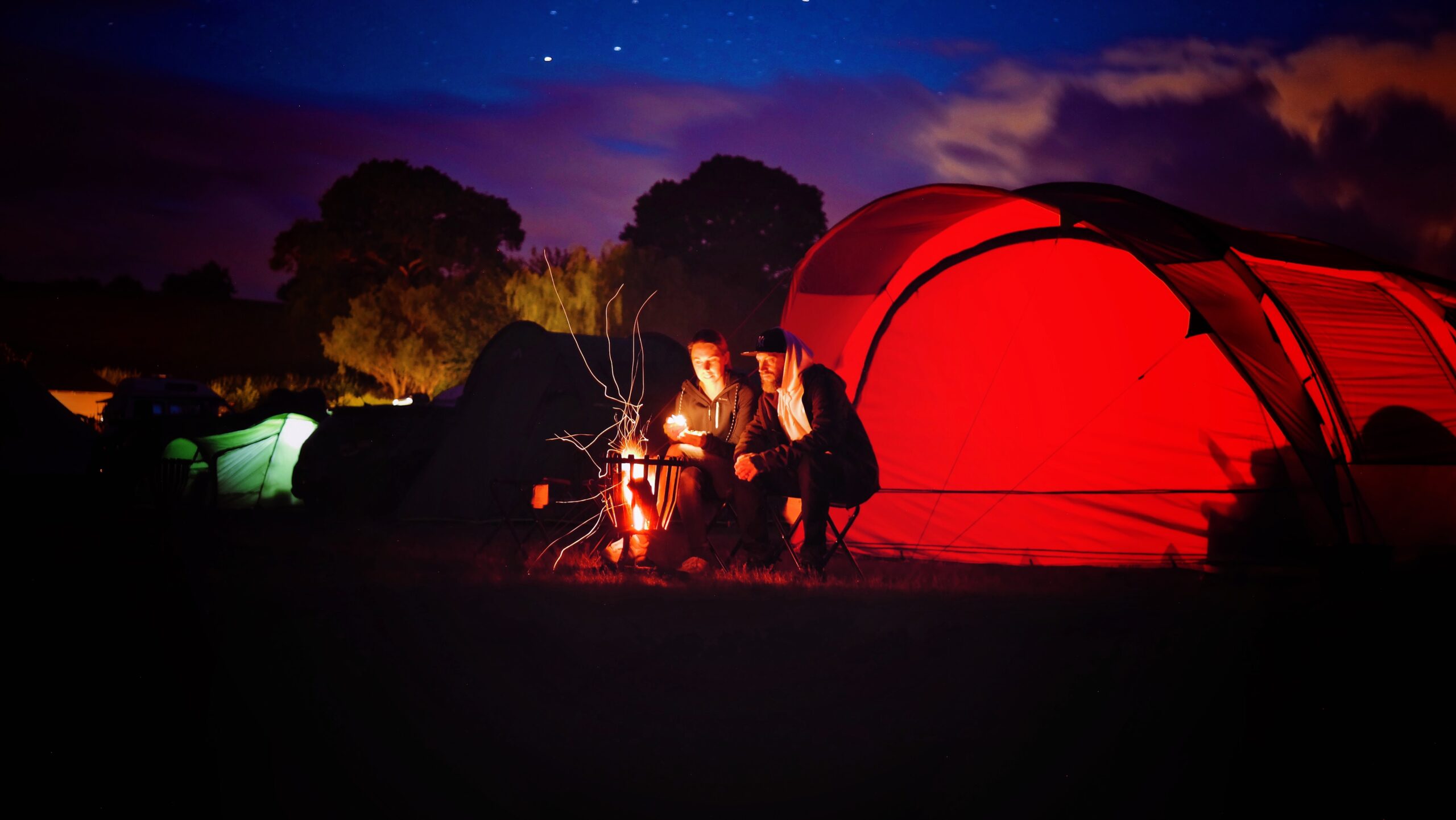Camping is a great way to unplug from the world and enrich your emotional well-being. By connecting with nature, you can refresh and recharge away from your hectic everyday life. However, staying outdoors isn’t the easiest thing to do if you’re a smoker, especially when you have to abide by campsite rules about cigarette use.
Tobacco products are among the biggest polluters in the world, with 4.5 trillion cigarette filters alone infiltrating parks, rivers, and cities yearly. Each cigarette contains over 7,000 toxic chemicals that can harm ecosystems when they seep into soil or water. The US National Park Service’s 2022 article ‘Wildfire Causes and Evaluations’ adds that humans cause 85% of wildfires in the US alone. Among the most common origins of these fires are cigarettes, which is why it’s only natural for campsite authorities to set strict rules about not smoking on the premises.
Here’s what smokers need to know about these rules—and how to still get your nicotine fix while camping.
What are common campsite smoking regulations?
Leaving a campsite as undisturbed as possible benefits the local environment and wildlife, which is why the most important rules when camping involve keeping the site clean and handling fires responsibly. When it comes to smoking, the standard rule is to properly extinguish and dispose of your cigarettes to promote the safety of the ecosystem and the people visiting the grounds.
Aside from these, it’s important to note that different campsites impose varying restrictions on smoking. For instance, in the US state of Oregon, smoking is restricted in all other areas of state parks except for the campsites. Meanwhile, authorities in California’s Ventura county completely prohibit smoking on camping grounds. National parks in Queensland, Australia, restrict smoking within 10 meters of most visitor facilities. This may include campsites, picnic areas, and toilets. Conversely, European camping locations often have no rules restricting cigarettes in designated camping locations.
It’s therefore vital that you check the guidelines specified by your site. If your preferred spot restricts smoking in some way, consider looking for nicotine alternatives to use while camping.
How can you get your nicotine fix when camping?
It’s always best to reduce the risk of wildfires and other environmental concerns by using smokeless nicotine alternatives. This allows you to get your nicotine fix with little to no worries, especially if your camping grounds prohibit cigarette use.
You can try nicotine pouches, which are small bags you use by tucking between your gums and upper lip to release the selected strength of nicotine. Leading e-commerce platform Prilla has a whole host of nicotine pouches that don’t produce smoke or odor and don’t require spitting, which means you can use them at campsites where traditional tobacco products are banned. They can also be easily disposed of in the tin they’re packaged in and you can keep them on hand until you find the nearest trash can. You can also use transdermal nicotine patches, sticker-like items that release nicotine through the skin. Nicotine patches from brands like Habitrol, one of the leaders in the nicotine patch market, are designed to last for up to 24 hours. This makes them ideal for campers as they can be put on and forgotten about while they get on with their outdoor adventure.
Regardless of what product you choose, keep in mind that any wrappers or used parts must be disposed of carefully. Carry them in your trash bag and deposit them in the proper receptacles at the campsite or once you get home.
Smokers don’t have to worry about swearing off nicotine when they go camping. By checking out the restrictions imposed by the campsite and packing nicotine alternatives, you can enjoy your time outdoors while still being a

